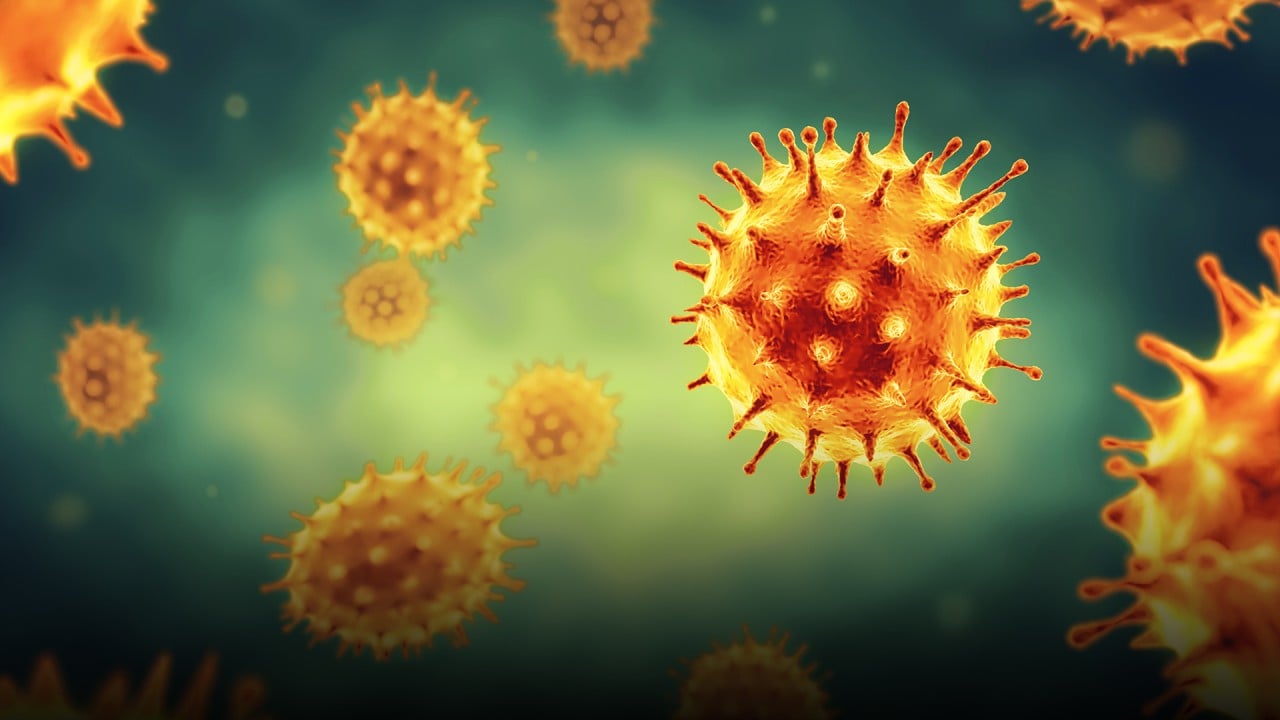
Australia sifts through sewage to find hidden coronavirus clusters
- Melbourne is testing waste water and excrement for traces of the virus in a bid to focus conventional tracing strategy on problem suburbs
- Hydrographers lower buckets into sewer lines to collect samples, which are then taken to a lab where they are tested for ultra-trace levels of the virus
Melbourne has begun testing waste water and excrement for traces of the virus in a bid to focus conventional testing and tracing strategies on problem suburbs or neighbourhoods.
Nicholas Crosbie of Melbourne Water said the utility hopes to monitor samples from 71 per cent of people in Victoria, one of Australia’s most populous states.
“So the whole point of this is to be vigilant and to find undetected cases or re-emergence,” he told said.
Sewage has also been tested in places like Paris, Tokyo, Amsterdam, Massachusetts and Valencia, Spain – although mostly on a small scale to prove detection can work.
More than 1 million people across the country of 25 million have already been tested for the virus, but authorities say waste water is a cheap and effective way to monitor the disease.

03:10
Coronavirus: Decoding Covid-19
Hydrographers lower buckets into sewer lines to collect samples, which are then taken to a laboratory where they are concentrated and tested for ultra-trace levels of the virus.
“We know that coronavirus is excreted in the faeces for up to six weeks after first symptoms appear,” Crosbie said, adding there were no concerns about contracting the virus from treated water as conventional waste water treatments killed it off.
The process is similar to waste water testing already carried out to detect diseases like polio and the presence of illicit drugs like cocaine.
As virus takes Australia back to 1980s, can locals help revive economy?
“Compared to clinical testing it is very cost-effective. But by no means does it replace clinical surveillance,” he said.
“The whole point of this is to be able to target clinical surveillance more effectively.”
If the testing laboratory detects a positive result, it can be traced back to the suburb of origin but not narrowed down to a specific house.
“If there’s a suburb that hasn’t had a case identified but it is in the waste water stream, then we realise we need to focus on that suburb to find the people,” Health Minister Greg Hunt told Channel 7.

The country has begun gingerly relaxing restrictions but officials – wary of possible community transmission – have outlined a three-step reopening process that will unfold over several months.
Economists have warned of dire consequences if the country is forced to return to the nationwide shutdown, which begin in late March at an estimated cost of A$4 billion a week to the economy and left more than a million people out of work.
Along with sewage testing, another key pillar of Australia’s plan to reboot the economy is its controversial COVIDSafe contact tracing app, which taps into a phone’s Bluetooth signals to log interactions with other nearby users.

.png?itok=arIb17P0)